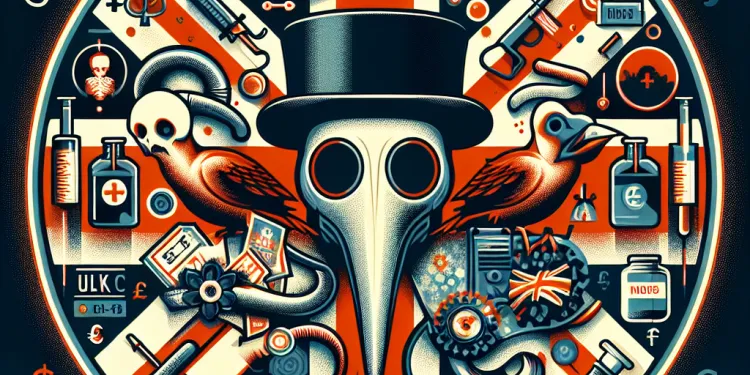
Find Help
More Items From Ergsy search
-
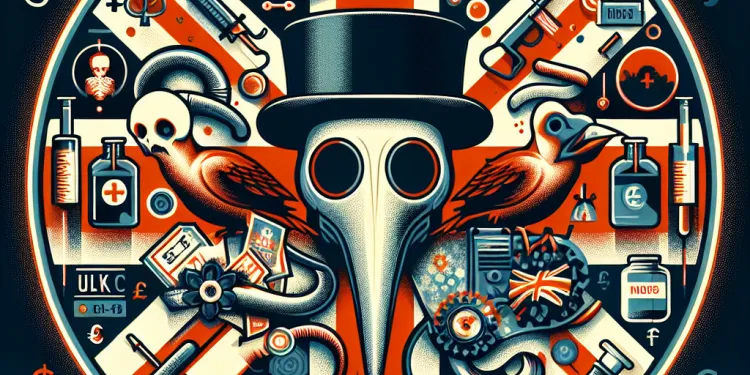
What historical event is the bubonic plague known for?
Relevance: 100%
-

How was the bubonic plague controlled historically?
Relevance: 87%
-
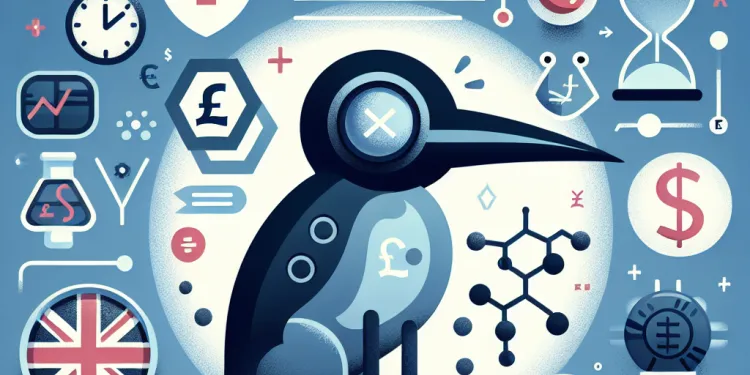
What is Bubonic Plague?
Relevance: 80%
-

What is the bubonic plague?
Relevance: 76%
-

Are there vaccines for the bubonic plague?
Relevance: 74%
-
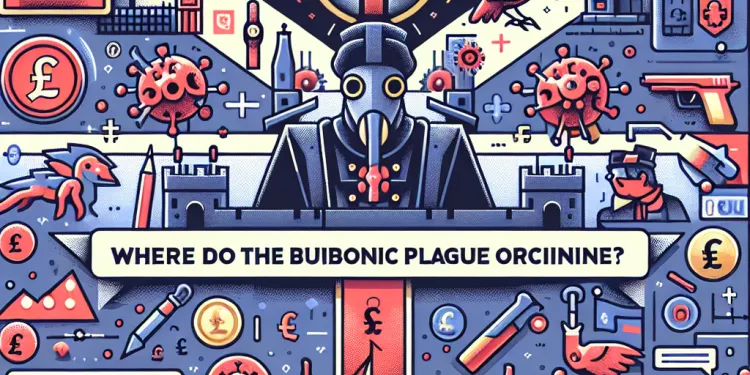
Where did the bubonic plague originate?
Relevance: 73%
-
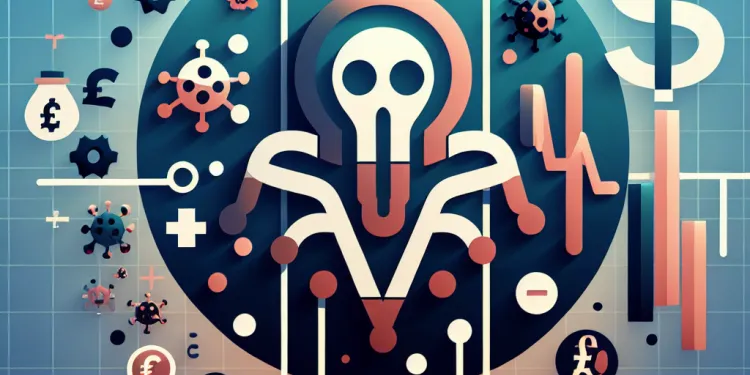
What is the mortality rate of untreated bubonic plague?
Relevance: 73%
-
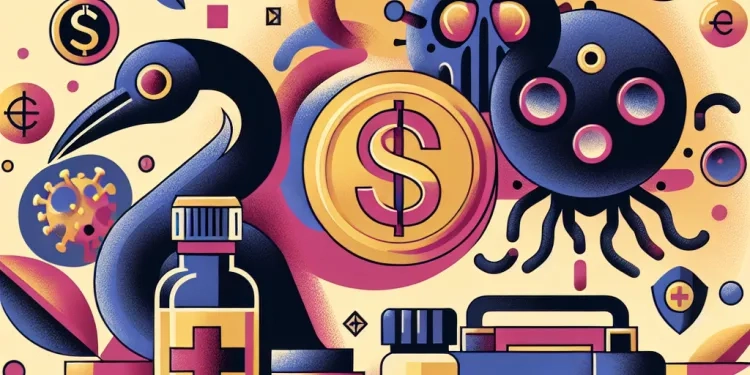
Is the bubonic plague contagious between humans?
Relevance: 72%
-

How is the bubonic plague transmitted?
Relevance: 71%
-

Can the bubonic plague be prevented?
Relevance: 71%
-
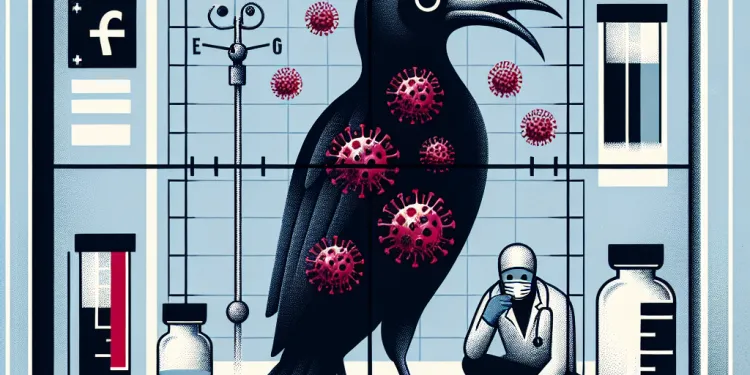
What are the symptoms of the bubonic plague?
Relevance: 70%
-

How can the bubonic plague be treated?
Relevance: 67%
-
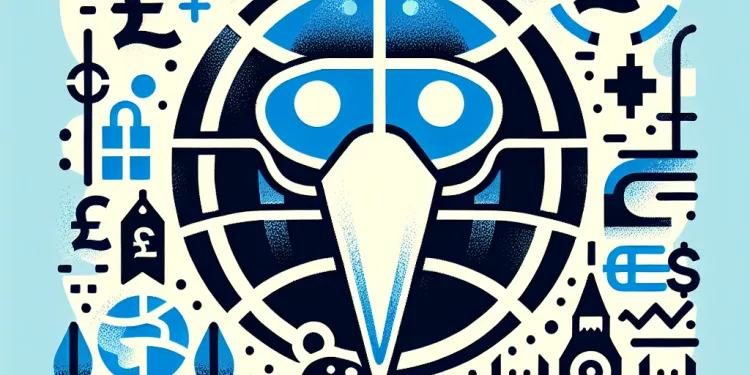
Did the bubonic plague affect only Europe?
Relevance: 66%
-

What advancements have been made in understanding the bubonic plague?
Relevance: 64%
-

Can the bubonic plague become resistant to antibiotics?
Relevance: 58%
-

Are there modern outbreaks of bubonic plague?
Relevance: 47%
-
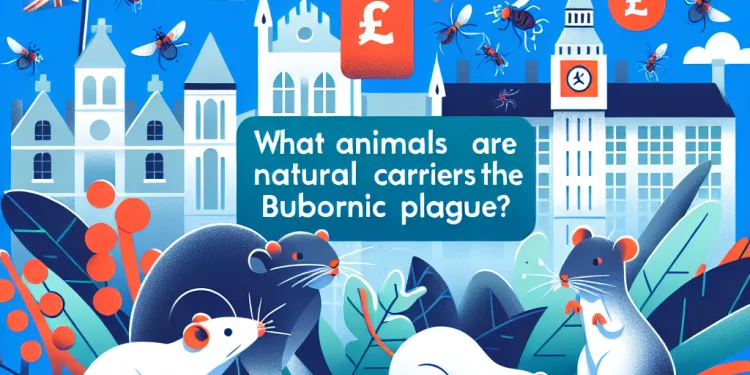
What animals are natural carriers of the bubonic plague?
Relevance: 43%
-
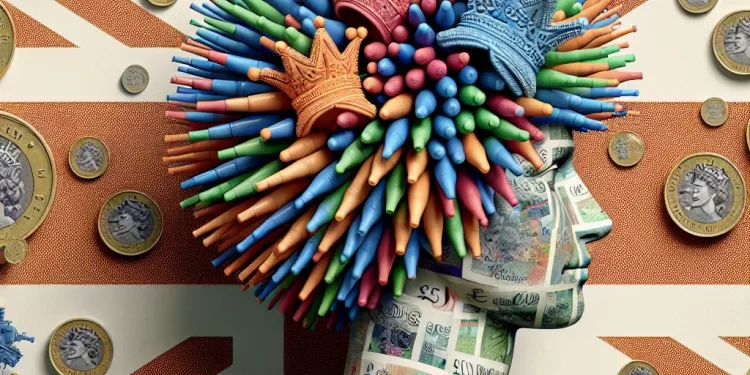
What is a bubo?
Relevance: 40%
-

What public health measures are important for managing the plague?
Relevance: 33%
-
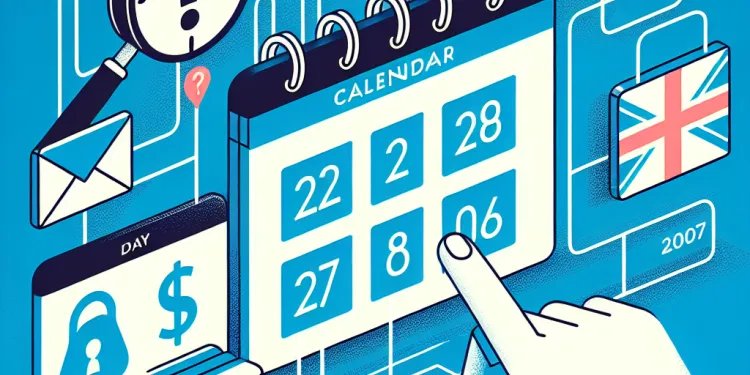
Can unexpected calendar events be a sign of a hacked email?
Relevance: 26%
-

Is the bubonic plague still a global health threat?
Relevance: 25%
-

What is the National Trust?
Relevance: 14%
-
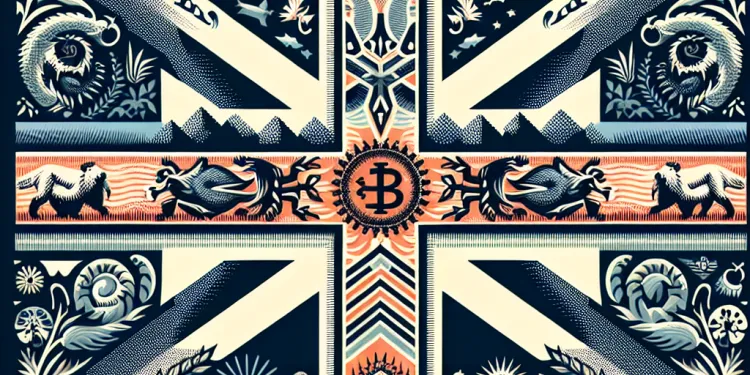
What types of positions are available at the National Trust?
Relevance: 14%
-

How does climate change affect water infrastructure maintenance?
Relevance: 10%
-

What are National Trust Jobs?
Relevance: 10%
-

Have there been fictional variants used in media discussions before?
Relevance: 10%
-
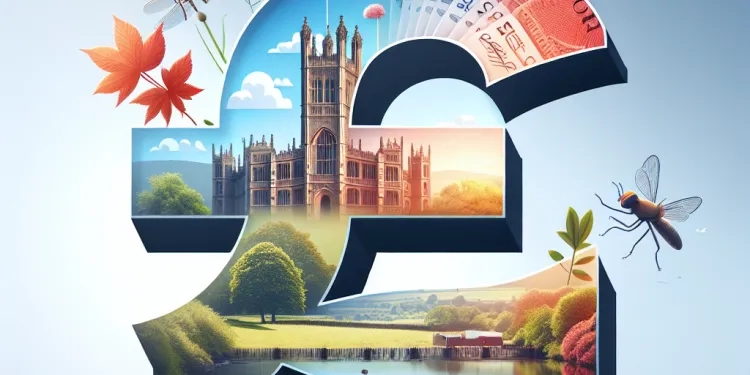
Are there seasonal jobs with the National Trust?
Relevance: 10%
-
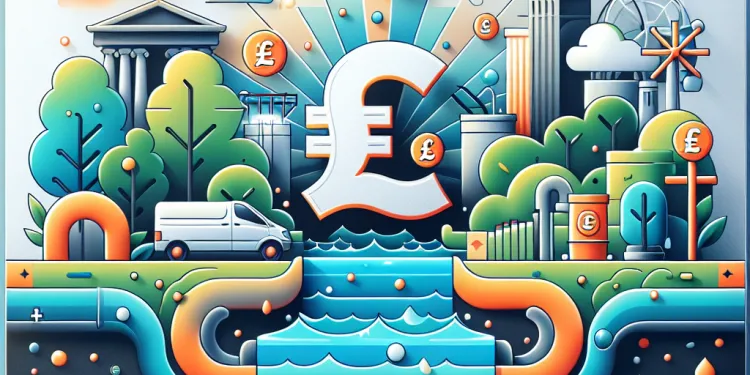
What is a Combined Sewer Overflow (CSO)?
Relevance: 9%
-
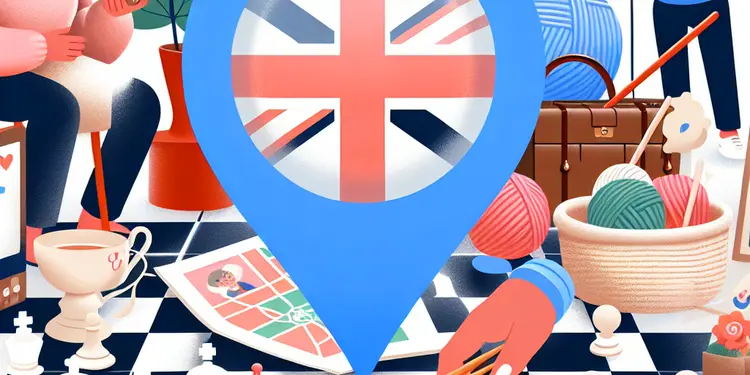
How can older adults find local hobby groups?
Relevance: 8%
-

Can I get a job with the National Trust if I am a student?
Relevance: 8%
-

Where can community helpers find networking opportunities?
Relevance: 8%
-

What role do libraries play in helping older adults find hobbies?
Relevance: 8%
-

Is binge drinking more common in any specific demographic?
Relevance: 7%
-

The Benefits of Family Activities
Relevance: 7%
-

Three-year limit for child sexual abuse claims to be removed
Relevance: 7%
-

How can individuals contribute to the discussion on housing benefit cuts?
Relevance: 7%
-

Has the UK ever had a wealth tax?
Relevance: 7%
-

Bowel Cancer
Relevance: 7%
-

BSL - Causes of panic disorder
Relevance: 7%
-

Bowel Cancer
Relevance: 7%
The Bubonic Plague: A Historical Overview
The bubonic plague, often referred to as the Black Death, is one of the most devastating pandemics in human history. It is most famously known for its catastrophic outbreak in the mid-14th century, which profoundly altered the course of European history. Originating in Asia, the plague bacteria, Yersinia pestis, was transmitted through fleas that lived on black rats. These fleas were then spread to humans, causing widespread infection.
The Black Death: Impact on Europe
The most infamous outbreak began in 1347 and lasted until around 1351, a period during which it destroyed approximately 30% to 60% of Europe's population. This pandemic is often seen as a crucial turning point in European history, leading to significant social, economic, and cultural transformations. The sheer loss of life caused labour shortages, which, in turn, led to economic decline in some regions. Agricultural production plummeted, leading to food shortages and famine, exacerbating the suffering already caused by the plague.
Social and Cultural Consequences
The Black Death had profound social and cultural consequences. Many historians argue that the scarcity of labour after the plague contributed to the end of the feudal system in Europe. With fewer workers available, surviving peasants and serfs could demand better wages and improved living conditions. This shift paved the way for significant changes in the social hierarchy and is considered a factor leading to the modern era in Europe. Culturally, the Black Death inspired a preoccupation with death and the macabre, evident in art and literature of the period.
Religious Impact and Reactions
The bubonic plague also had substantial religious implications. In many areas, the failure of the church to provide answers and protection against the disease led to a loss of faith in its authority. Some turned to mysticism or cult-like religious movements. Others blamed minority groups, such as the Jewish community, leading to horrific acts of persecution and violence. However, for some, the plague served as a wake-up call, prompting religious reform and charitable actions.
Legacy of the Bubonic Plague
The long-term consequences of the Black Death are still felt today. It fundamentally altered medieval life and laid the groundwork for the modern world. Its impact on population numbers and social structures had lasting effects on art, culture, and economics. The Black Death highlighted the critical importance of public health measures and the need for scientific understanding of diseases. Many of the changes it spurred signified the end of the Middle Ages and the beginning of the Renaissance, marking a significant transformation in European consciousness.
The Bubonic Plague: A Look Back in History
The bubonic plague, also called the Black Death, was one of the worst diseases ever. It started over 600 years ago and changed Europe a lot. The plague began in Asia. Tiny bugs called fleas carried the plague bacteria. These fleas lived on rats. When the fleas bit people, they got sick too.
The Black Death: How It Changed Europe
The worst time for the plague was from 1347 to 1351. During this time, many people died in Europe—about 30% to 60%. Because so many people died, there were fewer workers. This made it hard for farms and businesses. There was not enough food, and many people were hungry and suffering.
Changes in Society and Culture
The Black Death changed how people lived and worked. After the plague, there were fewer workers, so they could ask for better pay and living conditions. This helped change the old ways of feudalism, a system where peasants had little power. The plague also influenced art and writing, making people think more about death.
Effects on Religion
The plague affected religion too. Many people lost trust in the church because it could not stop the disease. Some people turned to other beliefs or blamed certain groups, like Jewish people, leading to terrible violence. But some saw it as a chance to make the church better and more helpful.
The Lasting Impact of the Bubonic Plague
The Black Death had effects that are still felt today. It changed life in the Middle Ages and helped start a new time called the Renaissance. This was a time when art, culture, and learning improved. The plague showed why public health and understanding diseases is important. It helped Europe become more like it is today.
Supportive tools like audiobooks or visual aids can help understand this history better. If reading is tough, try using them!
Frequently Asked Questions
What is the bubonic plague?
The bubonic plague is an infectious disease caused by the bacterium Yersinia pestis, typically transmitted through the bite of an infected flea.
What historical event is the bubonic plague most known for?
The bubonic plague is most known for the Black Death that swept through Europe in the 14th century.
When did the Black Death occur?
The Black Death occurred between 1347 and 1351.
How many people died from the Black Death?
It is estimated that the Black Death killed about 25-30 million people in Europe, roughly one-third of the population at the time.
How did the Black Death spread?
The Black Death spread through fleas carried by rats, as well as human movement and trade routes.
What were some symptoms of the bubonic plague during the Black Death?
Symptoms included fever, chills, weakness, and swollen lymph nodes, often referred to as 'buboes'.
What regions were affected by the Black Death?
The Black Death affected much of Europe, parts of Asia, the Middle East, and North Africa.
What impact did the Black Death have on medieval Europe?
The Black Death led to significant social, economic, and cultural changes, including labor shortages, shifts in power, and changes in religious practice.
How did people explain the cause of the Black Death at the time?
Many people believed the Black Death was a punishment from God, while others blamed it on bad air, planetary alignments, or the actions of minority groups.
What is the pathogen responsible for the bubonic plague?
The bacterium Yersinia pestis is responsible for the bubonic plague.
How did the Black Death affect the feudal system in Europe?
The Black Death contributed to the decline of the feudal system as labor shortages empowered peasants to demand better wages and conditions.
Were there other outbreaks of bubonic plague after the Black Death?
Yes, there were several subsequent outbreaks, including the Great Plague of London in 1665-1666.
Is the bubonic plague still present today?
Yes, cases still occur worldwide, but improved sanitation and antibiotics have significantly reduced its danger.
How was the bubonic plague treated during the Black Death?
Treatments were largely ineffective and included bloodletting, herbal remedies, and religious rituals.
What role did trade play in the spread of the Black Death?
Trade routes, including the Silk Road and sea passages, facilitated the rapid spread of the disease across continents.
How did cities respond to the outbreak of the Black Death?
Cities implemented quarantines, built plague hospitals, and restricted movement to try to control the spread.
What animals are primarily responsible for spreading the bubonic plague?
Rodents, particularly rats, and their fleas are primary carriers of the bubonic plague bacterium.
What is a 'bubo' in the context of the bubonic plague?
A 'bubo' is a swollen and painful lymph node, often found in the groin, armpit, or neck, characteristic of bubonic plague infection.
Did the Black Death have long-term effects on European society?
Yes, it led to economic transformations, changes in land use, the weakening of traditional structures, and laid groundwork for the Renaissance.
What artistic and cultural impacts did the Black Death have?
The Black Death influenced art and literature through themes of mortality and decay and spurred movements such as Danse Macabre.
What is the bubonic plague?
The bubonic plague is a sickness.
It comes from germs called bacteria.
The bacteria travel in flea bites.
People can feel very sick if they catch it.
It can make you feel weak and get a fever.
It used to make many people sick a long time ago.
If you have questions, try asking someone or looking at pictures to understand better.
The bubonic plague is a sickness. It is caused by tiny germs called Yersinia pestis. You can get it if a flea that has these germs bites you.
Tools to Help: Try reading with a friend or use audiobooks. You can also draw pictures of the story to help understand it better.
What big event is the bubonic plague famous for?
The Bubonic Plague is also called the "Black Death." It happened a long time ago and made many people sick. Here is a simple way to learn about it:
- The Black Death happened in the 1300s.
- It spread through Europe, Asia, and Africa.
- Many people got sick and some did not get better.
- It changed a lot about life back then.
Support tools:
- Use pictures to help understand.
- Read or listen with a helper.
- Watch a video for kids about history.
The bubonic plague is a really bad sickness. It is most famous for causing the Black Death in Europe a long time ago, in the 14th century.
When did the Black Death happen?
The Black Death happened from the year 1347 to the year 1351.
How many people died from the Black Death?
The Black Death was a disease a long time ago. It made a lot of people sick. Many people died from it.
Learning Tips:
- Break big numbers into smaller parts to understand them better.
- Use pictures or drawings to help you remember things.
The Black Death was a big sickness a long time ago. It made about 25 to 30 million people in Europe very sick and die. That's like one out of every three people at that time.
How did the Black Death spread?
The Black Death was a very bad sickness.
It spread to many people a long time ago.
It came from fleas on rats.
Fleas would bite the people and make them sick.
The sickness spread fast because people traveled and lived close together.
Here are some ways to learn more:
- Look at pictures or videos to understand better.
- Talk with someone who can explain it.
- Use apps or websites that tell stories with simple words and images.
The Black Death was a sickness. It spread by fleas on rats and also when people traveled and traded goods.
What signs showed someone had the bubonic plague in the Black Death?
The bubonic plague was a very bad illness.
Here are some signs that someone had it:
- They got big bumps on their body. The bumps were called "buboes".
- They had a fever. That means their body was very hot.
- They felt very tired.
- They had a headache. That means their head hurt.
If someone had these signs, they could talk to a doctor or a grown-up for help.
Looking at pictures or using helpful books can also make it easier to learn about the plague.
You might feel sick with a hot body (fever), and you could get cold and shaky (chills). You might feel very tired and weak. Some parts of your body where you have tiny glands, called lymph nodes, might get bigger and hurt. People call these swollen parts 'buboes'.
Which places got sick from the Black Death?
The Black Death was a sickness that made lots of people very sick. It spread to many places like Europe, Asia, the Middle East, and North Africa.
How did the Black Death change life in medieval Europe?
The Black Death was a big sickness a long time ago.
It spread across Europe and made many people very sick.
The Black Death changed many things in Europe for a long time.
If you want to learn more, you can look at pictures or watch videos about the Black Death.
Talking to a teacher or asking a friend for help can also be good ways to learn more.
The Black Death was a big illness that made lots of people sick a long time ago. It changed many things in the world. There were not enough people to work, so jobs changed. People in charge lost some of their power. Also, the way people practiced their religion changed too.
If this feels hard to read, you can try using tools like text-to-speech apps. They read the words out loud for you. You can also ask someone to read with you or explain tricky words.
How did people explain why the Black Death happened?
Lots of people thought the Black Death was a punishment from God. Some people said it was caused by bad air or the planets. Others blamed different groups of people.
What germ causes the bubonic plague?
The germ called Yersinia pestis makes people sick with the bubonic plague.
What happened to people in Europe when the Black Death came?
The Black Death was a big sickness that made many people very sick and some died. It was a long time ago in Europe.
People who worked for rich landowners had to leave because many died. This made it hard for landowners to find helpers.
The few workers who were still well asked for more money and better jobs since there were fewer of them. This changed how people worked and lived.
Helpful tools: Use pictures and maps to understand where and when it happened. Look at videos or listen to stories about this time.
The Black Death was a big sickness a long time ago. Many people got sick and died. This meant there were not enough workers. Because of this, the people who worked on farms, called peasants, could ask for more money and better jobs.
Did the bubonic plague happen again after the Black Death?
The Black Death was a big sickness a long time ago.
After that, did the same sickness come back?
To help understand, you can use pictures or watch videos about history.
Yes, there were more times when people got very sick again. One big sickness happened in London in 1665-1666. It was called the Great Plague.
To help you understand better, you can:
- Use online tools that read the text out loud.
- Ask someone to explain in simpler words if it's still hard.
- Look at pictures or videos about the topic.
Is the bubonic plague still around today?
Yes, people can still get sick from it all around the world. But now, we have clean water and medicine that help stop it from being very dangerous.
How did people try to get better from the bubonic plague during the Black Death?
During the Black Death, people got very sick from the bubonic plague. Back then, doctors didn't know a lot about how to cure it.
Here are some things people tried:
- Sitting near fire: People thought that warm air would help, so they sat close to fires or carried warm things.
- Herbal remedies: They used plants and herbs, like lavender, to try to get better.
- Using vinegar: People put vinegar on their bodies or drank it, hoping it would kill the sickness.
- Plague doctors: Some wore special outfits and masks to protect themselves while helping the sick.
If learning more about this is tricky, ask someone to read it with you. You can also use drawing or coloring to help remember these facts.
Treatments didn't work very well. People tried things like taking out blood, using plant medicine, and praying.
How did trade help spread the Black Death?
Trade helped the Black Death spread. Traders moved from place to place. They carried goods to sell. They also carried the disease. As traders went to new towns with their goods, the disease spread too.
If reading is hard, try using a ruler or your finger to follow the words. You can also listen to someone read it out loud to you.
Trade routes, like the Silk Road and sea paths, helped the disease spread quickly to different parts of the world.
What did cities do when the Black Death happened?
The Black Death was a big sickness long ago. It made many people sick. Here is what cities did:
- Closed Gates: Some cities shut their gates to keep sick people out.
- Cleaned Streets: Cities tried to make places cleaner by washing streets.
- Doctors: People called doctors were trying to help the sick.
- Quarantine: Sick people were kept away from others to stop the sickness from spreading.
If you find it hard to read, you can:
- Ask someone to read the text with you.
- Use a ruler or finger to follow the words as you read.
- Break the information into small parts.
Cities tried to stop the spread of sickness. They did this by:
- Making people stay at home (quarantines)
- Building special hospitals for sick people
- Stopping people from moving around
These actions helped keep more people safe.
It can be helpful to talk about feelings with someone you trust. Using pictures, symbols, or simple lists can also help understand and remember information better.
Which animals spread the bubonic plague?
Some animals make it easy for the bubonic plague to spread. These animals include:
- Rats
- Fleas
Tips for learning:
- Look at pictures of rats and fleas to know what they look like.
- Watch a video about how the plague spreads.
- Ask a grown-up to help you read more if you want to learn more.
Rats and their fleas can spread a disease called the bubonic plague.
What is a 'bubo' in the bubonic plague?
A 'bubo' is a big, sore bump on the body. It often happens in the armpit, groin, or neck. This can be part of an illness called the bubonic plague. If you have questions, ask a doctor or a nurse. You can also use pictures or videos to help you understand better.
A 'bubo' is a lump that hurts. It is an infection in a part of your body called a lymph node. These lumps can be in places like your groin, armpit, or neck. They happen if someone has a sickness called bubonic plague.
If you need help understanding this, try using tools like audiobooks that read text out loud. Talking to a helper or teacher can also make it clearer.
What happened to Europe after the Black Death?
The Black Death was a big illness a long time ago. It made many people sick. Did it change things in Europe for a long time?
Here are some tools and techniques to help understand:
- Use picture books about history.
- Watch videos that explain the Black Death with simple words and pictures.
- Ask someone to help read and explain if it's hard to understand.
Yes, it changed how people used money, how they used the land, how old ways of doing things got weaker, and it helped start the Renaissance.
Helpful Tools:
- Read aloud apps can help you understand the words by listening.
- Picture dictionaries show what words mean with pictures.
- Break up long sentences to make them easier to read.
How did the Black Death change art and culture?
The Black Death was a big sickness long ago. It changed the way people made art and did things in their daily lives.
People started drawing and painting things about death and life. Many stories and songs from that time talk about it too.
If you're interested in learning more, you can look at pictures, listen to music, or read stories that show how people felt back then.
To help understand better, you can use tools like picture books or watch videos for kids that explain history in a simple way.
The Black Death changed art and stories. People started talking more about dying and things getting old. It also inspired a new type of art called Danse Macabre, which shows these ideas.
Useful Links
- Ergsy carfully checks the information in the videos we provide here.
- Videos shown by Youtube after a video has completed, have NOT been reviewed by ERGSY.
- To view, click the arrow in centre of video.
- Most of the videos you find here will have subtitles and/or closed captions available.
- You may need to turn these on, and choose your preferred language.
- Go to the video you'd like to watch.
- If closed captions (CC) are available, settings will be visible on the bottom right of the video player.
- To turn on Captions, click settings .
- To turn off Captions, click settings again.
More Items From Ergsy search
-

What historical event is the bubonic plague known for?
Relevance: 100%
-

How was the bubonic plague controlled historically?
Relevance: 87%
-

What is Bubonic Plague?
Relevance: 80%
-

What is the bubonic plague?
Relevance: 76%
-

Are there vaccines for the bubonic plague?
Relevance: 74%
-

Where did the bubonic plague originate?
Relevance: 73%
-

What is the mortality rate of untreated bubonic plague?
Relevance: 73%
-

Is the bubonic plague contagious between humans?
Relevance: 72%
-

How is the bubonic plague transmitted?
Relevance: 71%
-

Can the bubonic plague be prevented?
Relevance: 71%
-

What are the symptoms of the bubonic plague?
Relevance: 70%
-

How can the bubonic plague be treated?
Relevance: 67%
-

Did the bubonic plague affect only Europe?
Relevance: 66%
-

What advancements have been made in understanding the bubonic plague?
Relevance: 64%
-

Can the bubonic plague become resistant to antibiotics?
Relevance: 58%
-

Are there modern outbreaks of bubonic plague?
Relevance: 47%
-

What animals are natural carriers of the bubonic plague?
Relevance: 43%
-

What is a bubo?
Relevance: 40%
-

What public health measures are important for managing the plague?
Relevance: 33%
-

Can unexpected calendar events be a sign of a hacked email?
Relevance: 26%
-

Is the bubonic plague still a global health threat?
Relevance: 25%
-

What is the National Trust?
Relevance: 14%
-

What types of positions are available at the National Trust?
Relevance: 14%
-

How does climate change affect water infrastructure maintenance?
Relevance: 10%
-

What are National Trust Jobs?
Relevance: 10%
-

Have there been fictional variants used in media discussions before?
Relevance: 10%
-

Are there seasonal jobs with the National Trust?
Relevance: 10%
-

What is a Combined Sewer Overflow (CSO)?
Relevance: 9%
-

How can older adults find local hobby groups?
Relevance: 8%
-

Can I get a job with the National Trust if I am a student?
Relevance: 8%
-

Where can community helpers find networking opportunities?
Relevance: 8%
-

What role do libraries play in helping older adults find hobbies?
Relevance: 8%
-

Is binge drinking more common in any specific demographic?
Relevance: 7%
-

The Benefits of Family Activities
Relevance: 7%
-

Three-year limit for child sexual abuse claims to be removed
Relevance: 7%
-

How can individuals contribute to the discussion on housing benefit cuts?
Relevance: 7%
-

Has the UK ever had a wealth tax?
Relevance: 7%
-

Bowel Cancer
Relevance: 7%
-

BSL - Causes of panic disorder
Relevance: 7%
-

Bowel Cancer
Relevance: 7%